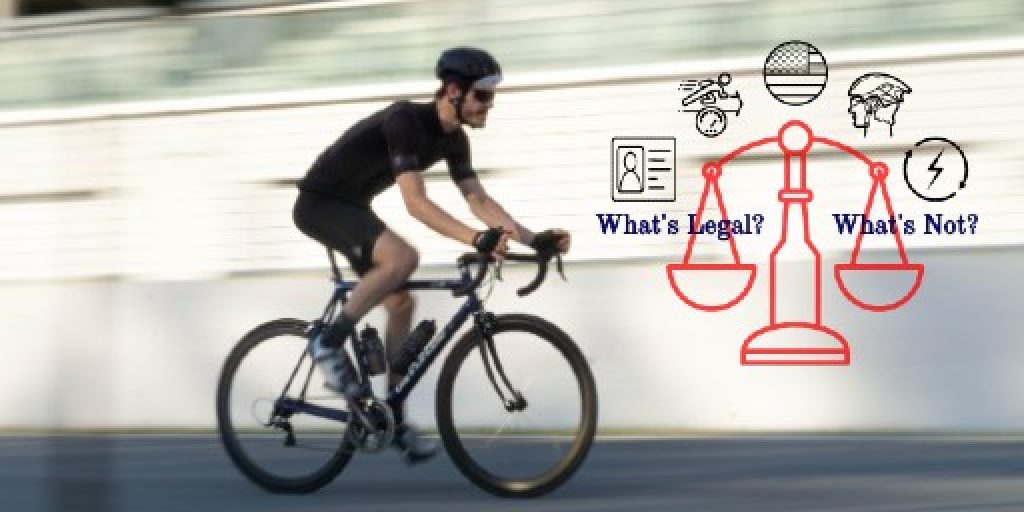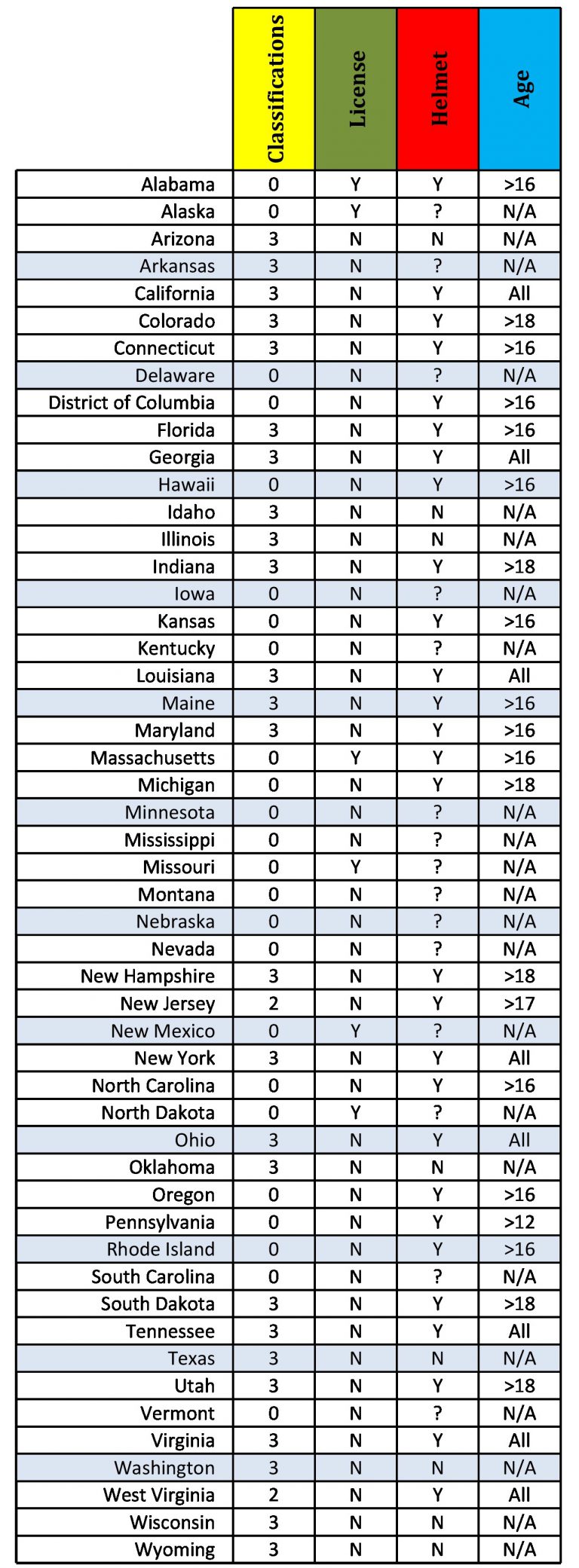Tesgo e-Bikes vs. Traditional Bicycles: WHICH IS RIGHT FOR YOU? As more people seek sustainable …
e-Bike Classifications

Recent Posts
- Best Biking Cities in the USA for Electric Bicycles June 3, 2024
- Ride1Up Portola vs Aventon Sinch.2 Electric Bicycle May 26, 2024
- What’s a Dual Battery Electric Bicycle? April 29, 2024
- E-Bikes vs. Traditional Pedal: Which is Right For You? April 17, 2024
- Electric Dirt Bikes for BEGINNERS: Getting Started April 14, 2024
Post Main Topics
In 2002 the US Congress enacted HB 727, and amended the Consumer Product Safety Commission definition of Electric Bicycles (e-bikes) and defined Electric Bicycle Laws. Prior to this Bill, there were no standards or classifications for e bikes in the US. The law defined an e-bike as “a motorized 2 or 3 wheeled vehicle with an electric motor and fully operable pedals.
Classifications
If you’re not sure what the differences in each class are or what you’re looking for, choosing between a class 1, 2, or 3 e-Bike can be difficult. Fortunately, we’re here to assist you in making the best choice possible when it comes to selecting the type of e-Bike that’s right for you. As previously mentioned, there are several factors to consider when selecting the right electric bike. Some of these considerations include choosing what kind of e-bike you want and being able to ride it where you want to go. Since the introduction of e-Bikes to the industry, several regulations have been enacted. Keep in mind that laws and regulations differ by state and city in the United States. Good advice would be to do your homework for the area that you live before riding your new Electric Bicycle. So let’s dive into understanding the distinctions between the three types of e-Bikes as defined in the United States.
The Commission developed classifications based on three factors.
- The bicycle’s maximum speed while ridden by an operator who average weight is 170 pounds traveling on a paved level surface;
- The bicycle’s motor cannot exceed 750 watts or produce more than 1 hp when solely propelled by the motor;
- The federal law permits e-bikes to be powered by a combination of motor and human power, and defined as “pedal-assist” or the motor alone, and defined as “throttle-assist”;

Class 1 - Pedal Assist
An electric bicycle with Pedal Assist requires you to pedal in order to engage the assistance of the motor. It’s just like a regular bicycle, except that it has a motor that detects when you’re pedaling and kicks in to assist you. It feels like you’re still riding the best tailwind of your life. A throttle on this class/type of e-Bike may or may not be present. Pedal Assist, may or may not also have a throttle, Max. Speed 20mph, no need for driver’s license, no age limit.
Class 2 - Throttle Only
An e-bike with a throttle-controlled motor is known as a Throttle Only. You don’t have to pedal to benefit from the assistance of the motor. Simply press or twist the throttle when you want and the motor will add the percentage of power to your ride. You’ll be able to increase momentum by accelerating weather in the middle of a turn, going up hill or just going straight. Of course, the less you pedal, the faster the battery will exhaust all of its power. Throttle Only, Max. Speed 20mph, no need for driver’s license, no age limit.
Class 3 - Pedal Assist 28mph
A Pedal Assist with a top speed of 28 mph is the fastest e-Bike class and is considered legal. It is still classified as a bicycle and does not require a driver’s license, license plate, or other identification. Safety equipment such as helmets are mandated by most state and local statutes. A Class 3 e-Bike is ideal for your mode of transportation to commute to and from work. Pedal Assist, may or may not also have a throttle, Max. Speed 28mph, no need for driver’s license, must be 17 or older, helmet is required.
Many states still have their own laws that categorize e-bikes with other motorized vehicles such as mopeds. In some states, a licensure and registration may be required, safety equipment may be required and age restrictions may be defined. Riding in areas designated as bike lanes, multi-purpose trails or on sidewalks could be restricted or prohibited. It is advised to check with your local police.
States That Define an Electric Bicycle

At the End of The Day...
Assuming that the e-Bike industry continues to expand at a rapid pace, state governments will likely continue to struggle with identifying e-Bikes. Clarifying service, protection, and equipment requirements will continue to evolve. In addition to speed and safety guidelines, separating them from motorized vehicles like mopeds and scooters will also a challange.
You might also like...
Essential Guide to Buying an Electric Bike Buying an Electric Bike can be a great …
Exploring Off-Road Trails: A Guide To OFF-ROADING The thrill of exploring off-road trails on an …
People one said that buggies would always be pulled by horses and bicycles would always be pushed by your legs. Well, that was 100 years ago and times have. EV Pedal Power is here to help you find that electric bicycle that fits your needs in the 21st century. With so many to choose from, our links are here to point you in the right direction.
EV Pedal Power participates in various affiliate marketing programs. We may get paid commissions on chosen products purchased through our links to merchant sites.




Recent Comments